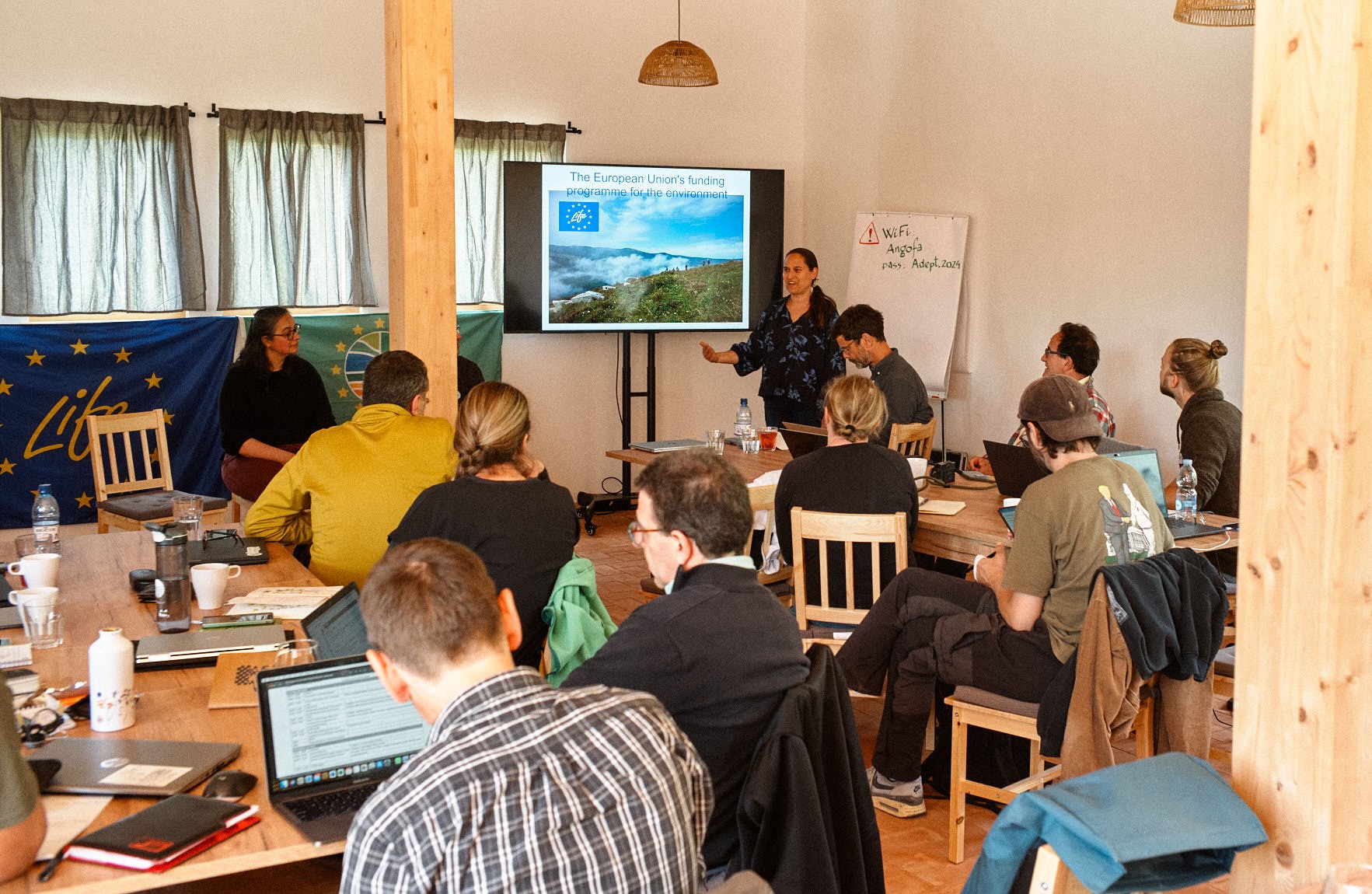
A study analyses and compiles innovative financing opportunities for nature conservation
The Biodiversity Foundation of the Ministry for Ecological Transition and Demographic Challenge has published, within the framework of the Land Stewardship Platform it coordinates and thanks to the work of environmental consultant Jordi Pietx, a study based on the lessons learned from the second edition of the European Conservation Finance Bootcamp, held in Romania in September 2024.
The International Compendium of Innovative Mechanisms and Experiences in Financing Biodiversity Conservation and Land Stewardship compiles innovative tools and strategies for mobilizing resources for nature conservation with the aim of diversifying funding sources beyond traditional public funds and encouraging new projects that include these financial mechanisms.
Among the instruments highlighted in the publication are, for example, biodiversity credits, payment for conservation results, carbon markets with biodiversity value, and nature investment funds. These solutions facilitate private sector participation in conservation financing and strengthen collaboration between public and private actors.
Need for new sources of funding
Public funding for conservation is not growing at the rate needed to address biodiversity loss. The European Commission estimates that €48 billion per year is needed between 2021 and 2030 to meet the targets of the European Biodiversity Strategy 2030. Of this budget, only €29 billion per year is secured, meaning that an additional €19 billion is needed to cover nature conservation needs. To this end, innovative financing mechanisms such as those discussed in this study will be essential.
Exploring these innovative financing mechanisms is one of the pillars of the LIFE Stewardship project, which seeks to promote land stewardship as a key strategy for nature conservation and restoration. The lessons learned in the study will serve as a reference for developing new financing strategies within the framework of the project and scaling up innovative solutions for conservation.
The publication also offers recommendations and case studies that can serve as a reference, especially for custodial entities, public administrations, and other agents involved in land conservation.